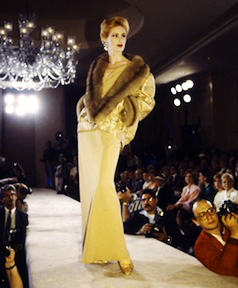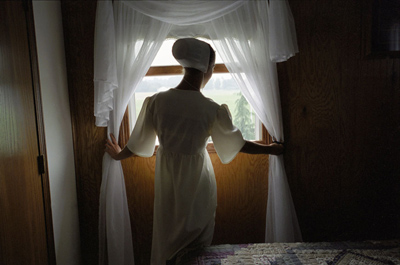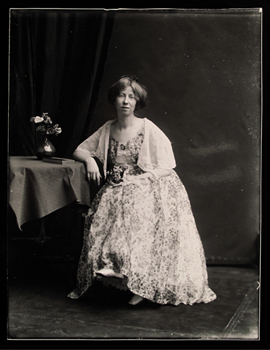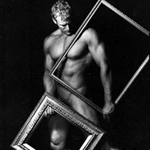Posts in Category : From the PWP Archives
30×30: Darleen Rubin / Louise Dahl-Wolfe

30 Women Photographers and the Women Photographers Who Inspired Them A Blog Series in Honor of Women’s History Month, March 1 – 31 Darleen Rubin is a professional photographer specializing in fashion, lifestyle and celebrity portraits. Her work has appeared in The New York Post, W, Men‘s Wear Magazine, and on the cover of Women’s Wear Daily. Her vast archive of celebrity portraits includes images of Jacqueline Kennedy Onassis, Joe Namath, Mary Tyler Moore, and Elizabeth Taylor. In 2011, she was the still photographer for the independent film Somebody’s Hero, and continues to document the changing streets of her West Village neighborhood as she has for many years. Which woman photographer inspired you most? DR: Louise Dahl-Wolfe. She was a person of great style, and [continue reading...]
30 By 30: Lauren Fleishman / Nan Goldin

30 Women Photographers on the Women Photographers Who Inspired Them A Blog Series in Honor of Women’s History Month, March 1 – 31 Lauren Fleishman was born and raised in Brooklyn. She won scholarships to the School of Visual Arts in New York and the Ecole Superieure des Beaux-Arts in Paris. In 2003, she was named one of Photo District News‘ 30 young photographers to watch, and was included in American Photography for four consecutive years. Her Time photo essay Sixteen Candles and a Time multimedia piece about photography as an aid to amnesia, were cited by the PDN Annual. Her work on love and aging has been exhibited at the Brooklyn Public Library, and she is currently seeking funding through Kickstarter for Love Ever After, a project about couples married 50+ [continue reading...]
30 By 30 Intro: Dianora Niccolini / Women of Vision

30 Women Photographers and the Women Photographers Who Inspired Them A Blog Series in honor of Women’s History Month March 1 – 31 In November of 1872, Susan B. Anthony was arrested for voting in the presidential election of the United States. She argued that she was guaranteed that right under the recently passed Fourteenth Amendment, but seven months later was convicted and fined a hundred dollars, a fine she refused to pay. Today the world has changed and is finally waking up to the greatness of women. They run countries and write laws, lead corporations and found movements dedicated to justice and social change. Governments know that money given to them will be spent on families and education; that societies where [continue reading...]
Of Myth and Men: The Photography of Dianora Niccolini

In 2002, the U.S. Department of Justice paid $8,000 for drapes to cover the bare-breasted Spirit of Justice statue that stands behind the podium where news conferences are held. It was the time of Bush, Ashcroft, and the resurgent Right. In Florence, Italy, where Dianora Niccolini was born, there is none of that. The body, male and female, is celebrated publicly in the statues of Michelangelo, Donatello,and Ammannati. Many of these don’t have carved drapes, let alone the fabric kind. But there is no shame; the human form is acknowledged and revered. Her mother was a beautiful American spending her junior year in Florence when she fell in love with Niccolini’s father, who was born a marquis. Though her family opposed the match, they wed, [continue reading...]
Biography, Myth & Time-A Peek at Claudia Kunin

If you attend a Claudia Kunin exhibit, you’ll be given a pair of those funny glasses. Wait a minute, you say, aren’t they for movies? From the 50′s? Isn’t that technology… kind of old? Actually, it’s ancient. The concept of stereoscopy, the presentation of two very similar pictures, side by side, for combination in the mind, was around long before photography was invented. Principles of depth perception were known to Euclid, and surfaced in the notebooks of Leonardo da Vinci. Other Renaissance artists produced side by side “stereoscopic” drawings, but it wasn’t until 1838 when British Professor Charles Wheatstone invented the stereoscope that people were able to see the dual images as one, with the illusion of depth. Eleven years later, David Brewster [continue reading...]

